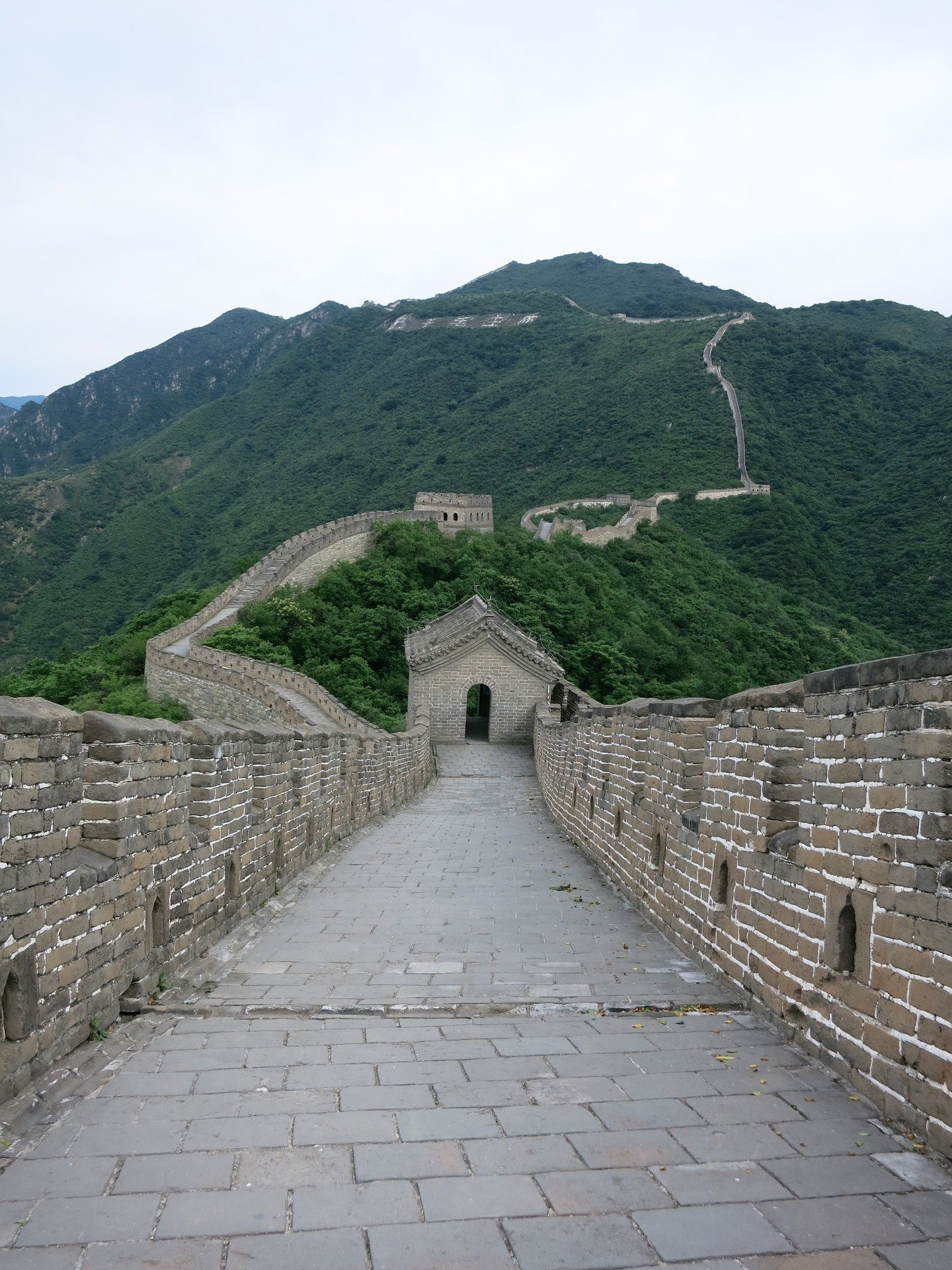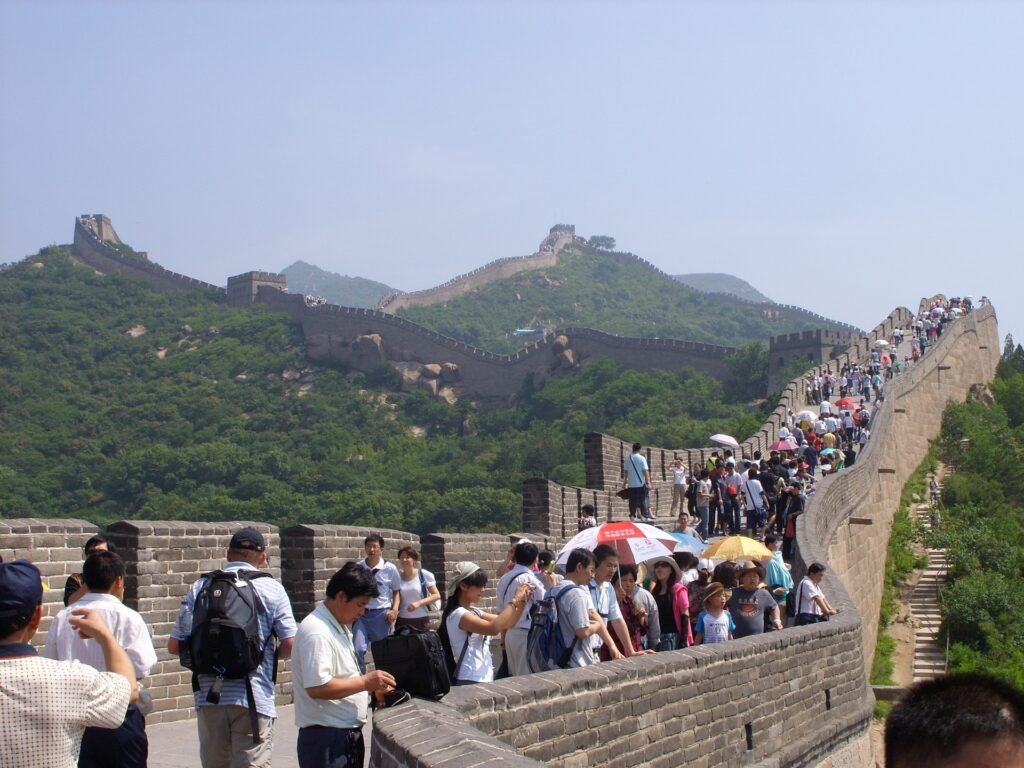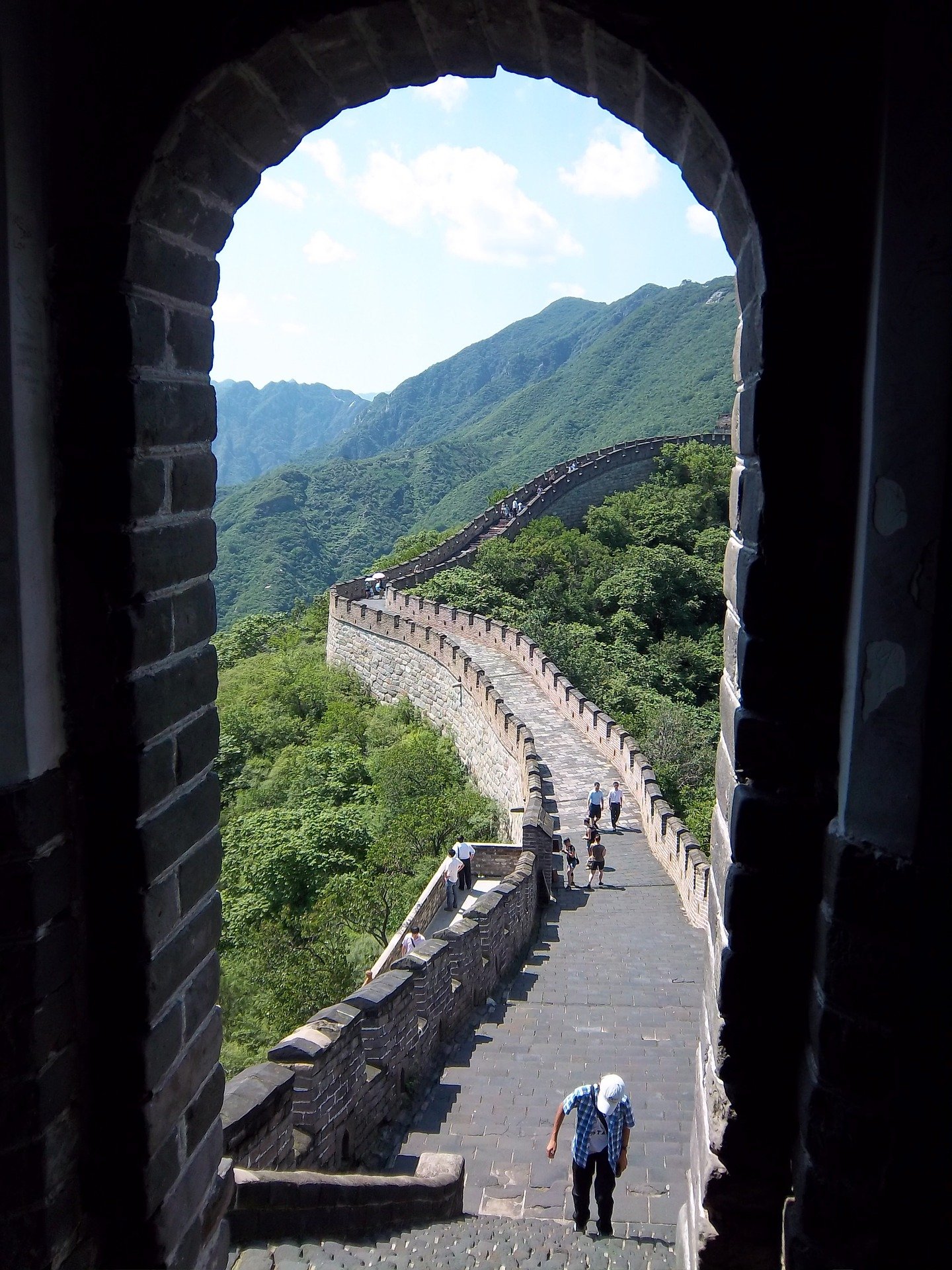Introduction to the Great Wall of China
The Great Wall of China, an architectural surprise that snakes via the various landscapes of China, holds a rich and exciting history. But what is the story behind this monumental structure? Let’s delve in and uncover its fascinating past.

Historical Background
- The Beginnings The roots of the Great Wall of China trace back to the 7th century BC when independent kingdoms built walls to defend their territories. Fascinating.
- The Era of Warring States By the time of the Warring States (475-221 BC), these walls symbolized power, marking boundaries between feuding kingdoms. Can you imagine the intensity of these conflicts?
- The Qin Dynasty Fast forward to the Qin Dynasty (221-206 BC), Emperor Qin Shi Huang ordered that the inside walls and ceiling be removed in connection with the outer ones. The “10,000-mile-long wall” was created as a result.
Building of the Great Wall
- Dynasty of The Ming Dynasty (1368–1644) constructed the majority of what is now known as the Great Wall.
- Ming rulers reinforced the Wall to protect against Mongol invasions. It’s incredible how much thought was put into this structure, right?
- The Role of Labor Building the Wall was a colossal task involving millions of laborers, including soldiers, peasants, and prisoners. Can you fathom the enormity of this endeavor?
- The Construction Process was Constructed using local materials; the Wall took centuries to complete. Stones, tamped earth, wood, and even reeds were used in different sections. How’s that for resourcefulness?
Architectural Features
- Length and Design Stretching over 21,000 kilometers, the Wall is a testament to ancient architectural prowess. It adapts to the geographical challenges, following the contours of mountains, plateaus, and deserts.
- Watchtowers and Fortresses, watchtowers, and beacon towers, strategically placed along the Wall facilitated communication and defense. Think about the sophistication involved in such planning!
Strategic Importance:
The Wall was crucial in military strategy, commerce, and migration control. Can you visualize the hustle and bustle of old life around the Wall?
Preservation and Tourism
- UNESCO and Conservation Efforts Recognized as a UNESCO World Heritage site in 1987, the Wall undergoes continuous preservation efforts. Isn’t it great that we still can witness this relic of history?
- Modern Tourism Today, the Wall is a significant tourist destination, offering a glimpse into China’s past and stunning natural vistas. Have you added it to your bucket list yet?
- The Great Wall Marathon, The annual Great Wall Marathon, is a unique event attracting thrill-seekers worldwide. How’s that for a workout with a view?
conclusion
Conclusion The Great Wall of China, wealthy in history, architectural grandeur, and cultural significance, captivates the world. The greater we uncover, the greater enthralling its tale becomes.
FAQs for Uncovering the Rich History Great Wall of China
Who built the Great Wall and why?
The Great Wall of China was primarily built by several Chinese dynasties, including the Qin, Han, and Ming dynasties. It was constructed over many centuries, with the initial building efforts dating back to the 7th century BC.
What materials were used in the construction of the Wall?
The materials used in the construction of the Great Wall varied depending on the time period and region. The wall was typically built using a combination of natural resources readily available in the surrounding areas.
What are the significant features of the Wall?
The Great Wall of China boasts several significant features that contribute to its historical and architectural significance. Some notable features include:
- Length and Size: The Great Wall spans an impressive distance, making it the longest man-made structure in the world. It consists of multiple interconnected sections, with watchtowers, beacon towers, and fortresses strategically placed along its length.
- Varying Terrain: The wall traverses diverse terrains, including mountains, hills, plains, and deserts. It required advanced engineering techniques to overcome the challenges posed by different landscapes.
What is the importance of the Great Wall in China’s history?
The Great Wall holds immense historical and cultural significance for China. Here are some key points highlighting its importance:
- Defense and Protection: The Great Wall served as a crucial defense mechanism, protecting the Chinese heartland from invasions by nomadic tribes, particularly the Mongols. It acted as a deterrent and hindered military advancements, preserving China's territorial integrity.
- Symbol of National Identity: The Great Wall has become a symbol of Chinese heritage, representing the nation's rich history, resilience, and cultural identity. It embodies the collective spirit and unity of the Chinese people.










